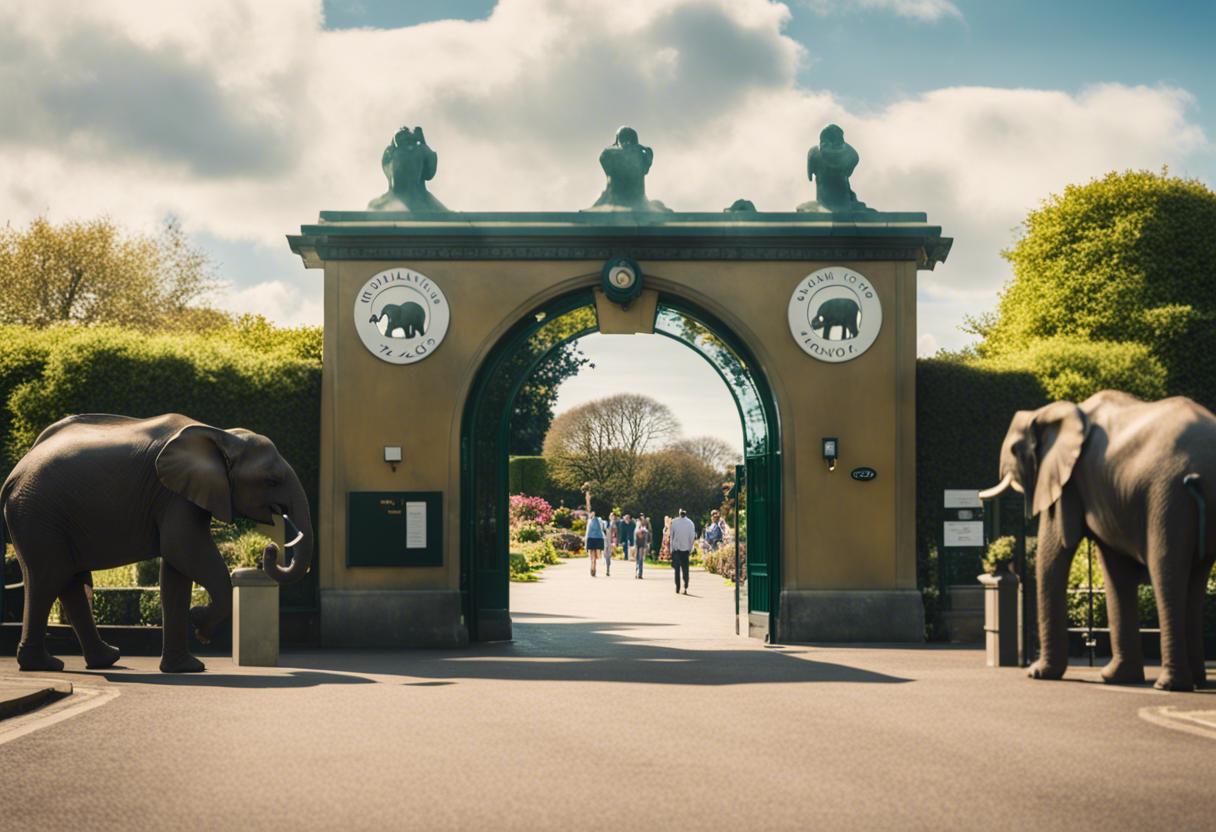Dublin Zoo is currently going through a crisis. The small elephant herd in the zoo has been impacted greatly, with two elephants already having lost their lives to a lethal virus. The deadly virus, named Elephant Endotheliotropic Herpesvirus (EEHV), causes internal haemorrhaging in elephants and proves fatal in 85% of cases.
Though it has been present both among wild and captive elephant populations for many years, the EEHV has only recently garnered public attention due to the current crisis at Dublin Zoo. Affected elephants, such as eight-year-old Avani and seven-year-old Zinda, fell severely ill and unfortunately passed away.
The Dublin Zoo elephant contingent was primarily composed of Aung Bo, a five-tonne bull elephant who migrated from Chester Zoo recently. He joined a group of female elephants, including Dina (aged 40), Asha (aged 17), Samiya (aged 10), Zinda (aged 7), and Avani (aged 8). Unfortunately, Zinda and Avani are no longer alive.
The exact mode of transmission of the EEHV remains unclear; research is still ongoing. It is believed that the virus may have been dormant within the Elephant herd for a while – similar to the human herpes virus.
The current scenario in the Dublin Zoo sees Asha, who recently tested positive for the virus, undergoing treatment. The zoo’s veterinarians are administering special antiviral medication, however, the options available are quite limited. As of now, it’s unclear if measures to isolate the elephants are being taken.
Christoph Schwitzer, the director of Dublin Zoo, has asserted that, contrary to opinion, isolating elephants is not an effective solution. It’s believed that such an action would be detrimental to the animals as elephants are a highly sociable species known for living in female-led herds. Isolation would cause negative impacts.
On the subject of EEHV, a virus lethal to young Asian elephants, it is usually detected too late for intervention due to its unpredictable nature, often causing death within 24 hours by way of severe haemorrhagic disease. Chester Zoo refers to EEHV as a “global crisis”, as it is the most frequent cause of death among the young elephant population in Europe and North America, and fatalities have been noted in at least eight countries. The virus does not, however, pose a risk to human health as it only affects elephants, as confirmed by Dublin Zoo following recent Irish cases.
There has been reported success in suppressing EEHV with existing antiviral treatments, with a recorded success rate of about 40 per cent, particularly in North America. However, no absolute cure or vaccination currently exists for herpesviruses, not only in elephants but in all animals and humans. Despite ongoing research and improving treatment protocols, producing a vaccination has proven a challenge as scientists have so far failed to culture the virus.
Asian elephants in the wild are indeed under substantial risk due to habitat loss, conflicts with humans over crops, and ivory tusk poaching, resulting in their classification as an endangered species. Current estimates indicate there are 40,000 to 50,000 Asian elephants remaining in the wild.
In practical terms, what is the procedure following an elephant’s death due to the virus?
Initially, the herd is allowed a period to mourn the loss, followed by a postmortem examination of the deceased animal. Ultimately, the elephant’s body is cremated.
Does the recent outbreak stand to financially impact Dublin Zoo significantly?
According to Dr Schwitzer, the zoo does not concern itself with monetary repercussions. The financial implications are not a priority for them, especially at present and even in general. Breeding programmes have been devised in such a way that monetary transactions don’t take place when elephants are exchanged. Despite the high costs of importing animals, it is not something causing the zoo any distress – it is not a current concern for them.

